The Union government on Tuesday (July 1, 2025) for the first time allowed use of non-transport (private) motorcycles for passenger journeys through aggregators, subject to state government approval, providing long-awaited regulatory clarity for India's shared mobility sector.
The Ministry of Road Transport and Highways in its 'Motor Vehicles Aggregator Guidelines 2025' said the new guidelines attempt to provide a light-touch regulatory system while attending to issues of safety and security of the user and the welfare of the driver.

"The State government may allow aggregation of non-transport motorcycles for journey by passengers as shared mobility through aggregators resulting in reduced traffic congestion and vehicular pollution, along with providing inter alia affordable passenger mobility, hyperlocal delivery, creating livelihood opportunities,' "the guideline said.
According to the guideline, the State government may, in exercise of its powers under sub-section (3) of Section 67 of the Act, permit aggregation of non-transport motorcycles for journey by passengers.
"The State government may, under sub-section (3) of Section 67 of the Act, impose fees on the aggregator for issuance of authorisations permitting non-transport motorcycles to undertake journeys through such aggregator, on a daily/ weekly/ fortnightly basis, as may be determined by the state government," it added.
This move brings relief to bike taxi operators like Rapido and Uber, who have long operated in a legal grey area, especially in states like Karnataka, where a recent ban on bike taxis had led to widespread protests.
Major industry players, including Uber and Rapido, have welcomed the move, acknowledging its potential to drive innovation, expand affordable mobility, and create new livelihood opportunities.

Uber lauded the guidelines as a "forward-looking step toward fostering innovation and regulatory clarity." "Timely adoption by states will be key to ensuring uniform implementation and building much-needed predictability for all stakeholders. We commend the Ministry for its consultative and balanced approach, and remain committed to working closely with governments at all levels to support effective and inclusive rollout of the framework," an Uber spokesperson said.
Rapido specifically welcomed the operationalisation of Clause 23 of the MVAG 2025. This clause permits the aggregation of non-transport motorcycles for passenger journeys, a move Rapido described as a "milestone in India's journey towards a Viksit Bharat".
"By recognising non-transport motorcycles as a means of shared mobility, the Government has opened the door to more affordable transportation options for millions, especially in underserved and hyperlocal areas...the move will also help address pressing challenges such as traffic congestion and vehicular pollution, while expanding the reach of last-mile connectivity and hyperlocal delivery services," Rapido said in a statement.
In 2020, the Ministry of Road Transport and Highways issued the "Motor Vehicle Aggregator Guidelines 2020" under Section 93 of the Motor Vehicles Act, 1988.

Since 2020, India's shared mobility ecosystem has undergone rapid and significant change. The rise in demand for diverse and flexible mobility solutions including bike-sharing, introduction of electric vehicles (EVs), and auto-rickshaw rides, has widened the consumer base.
The Motor Vehicle Aggregator Guidelines 2020 have been revised to keep the regulatory framework up to date with the developments in the motor vehicles aggregator ecosystem.
The new guidelines attempt to provide a light-touch regulatory system while attending to issues of safety and security of the user and the welfare of the driver.



.png)
.png)
.png)
















 5 hours ago
4
5 hours ago
4
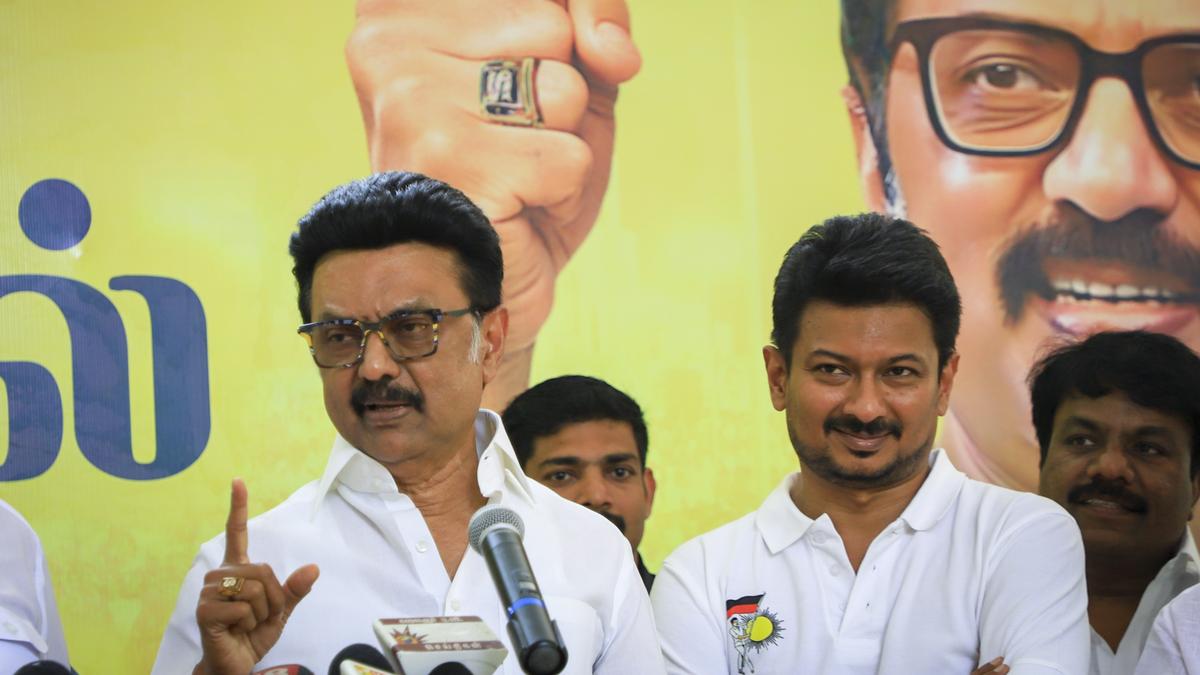
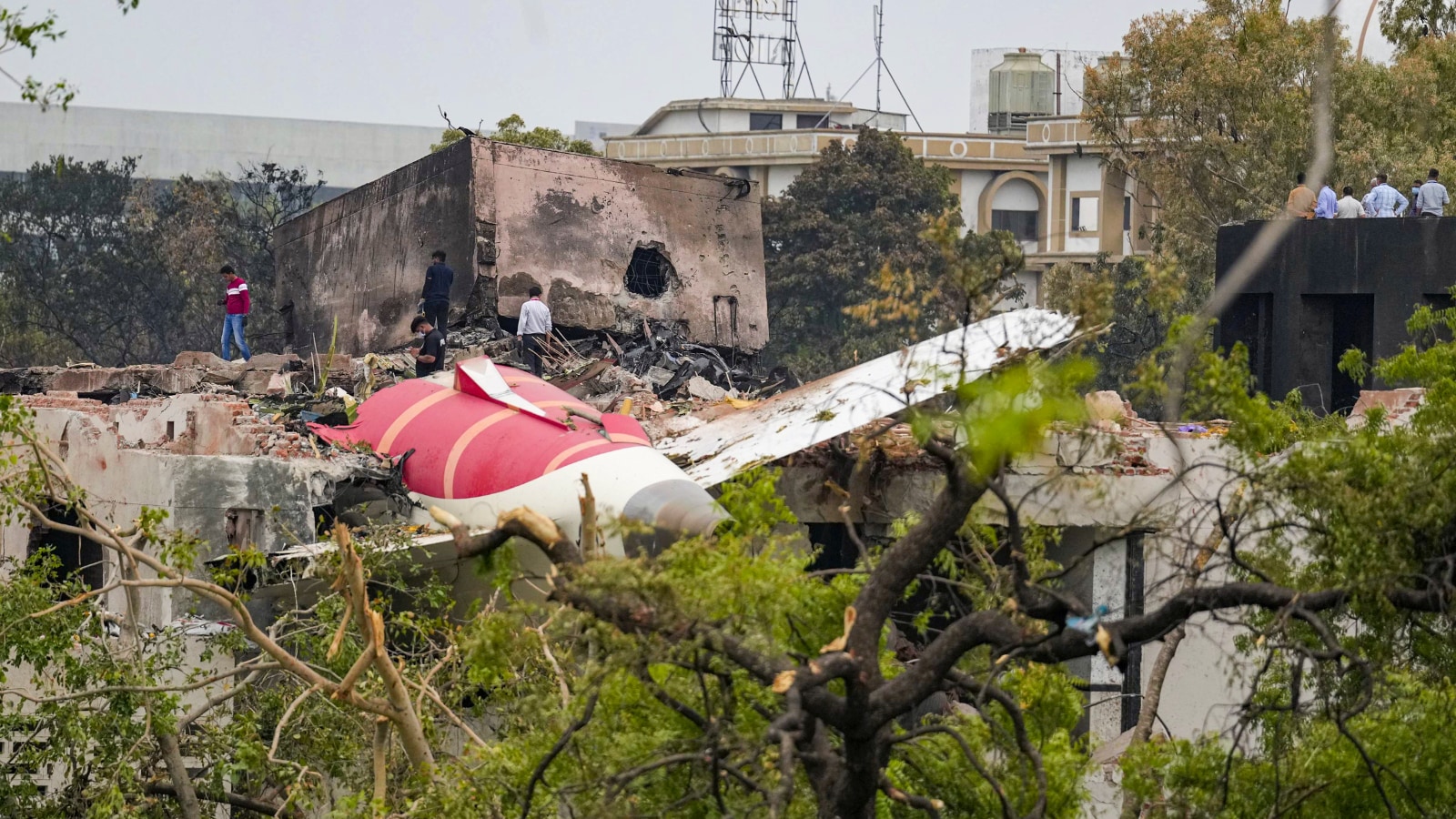
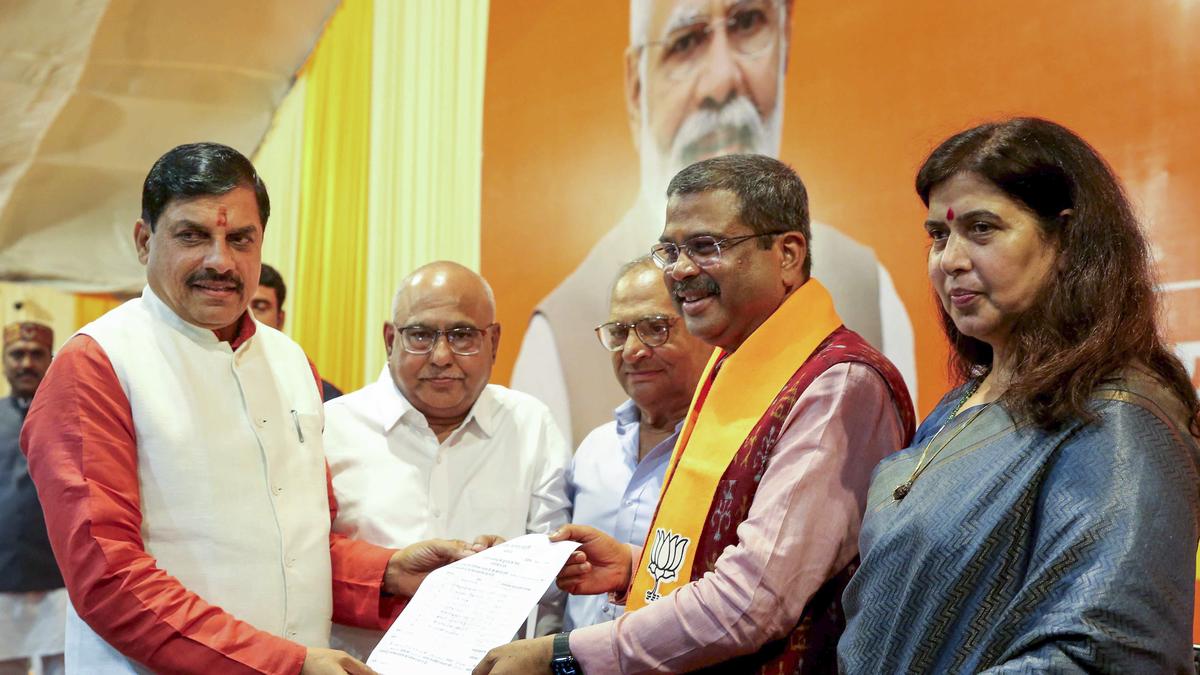


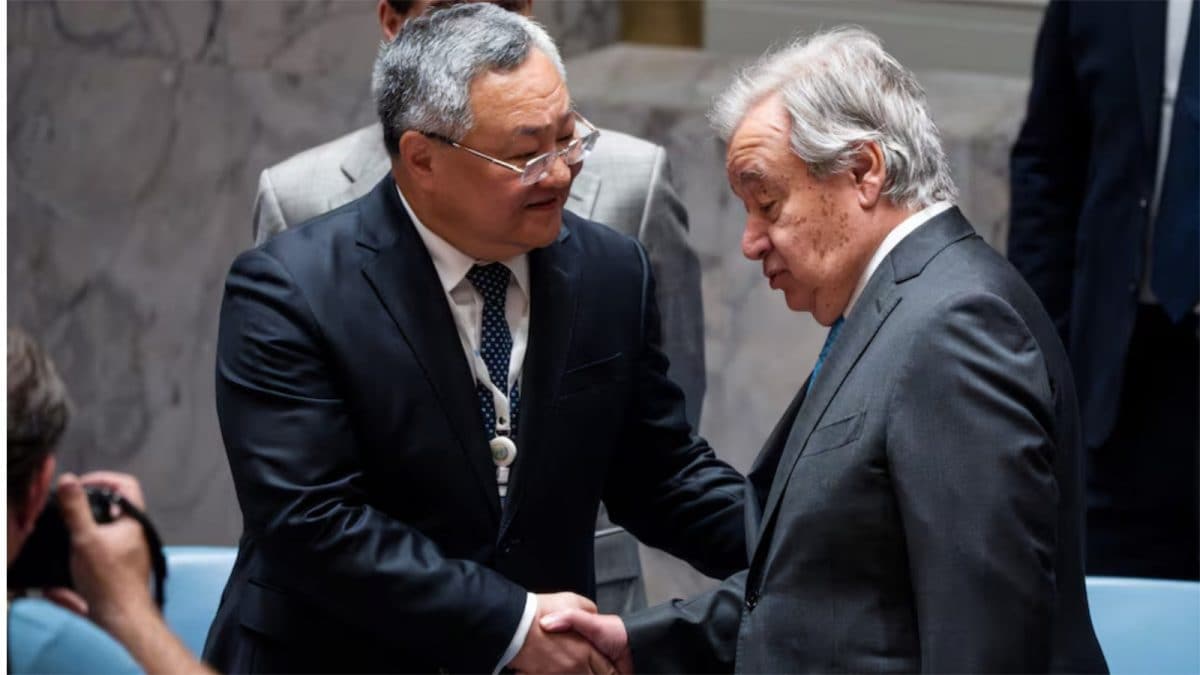


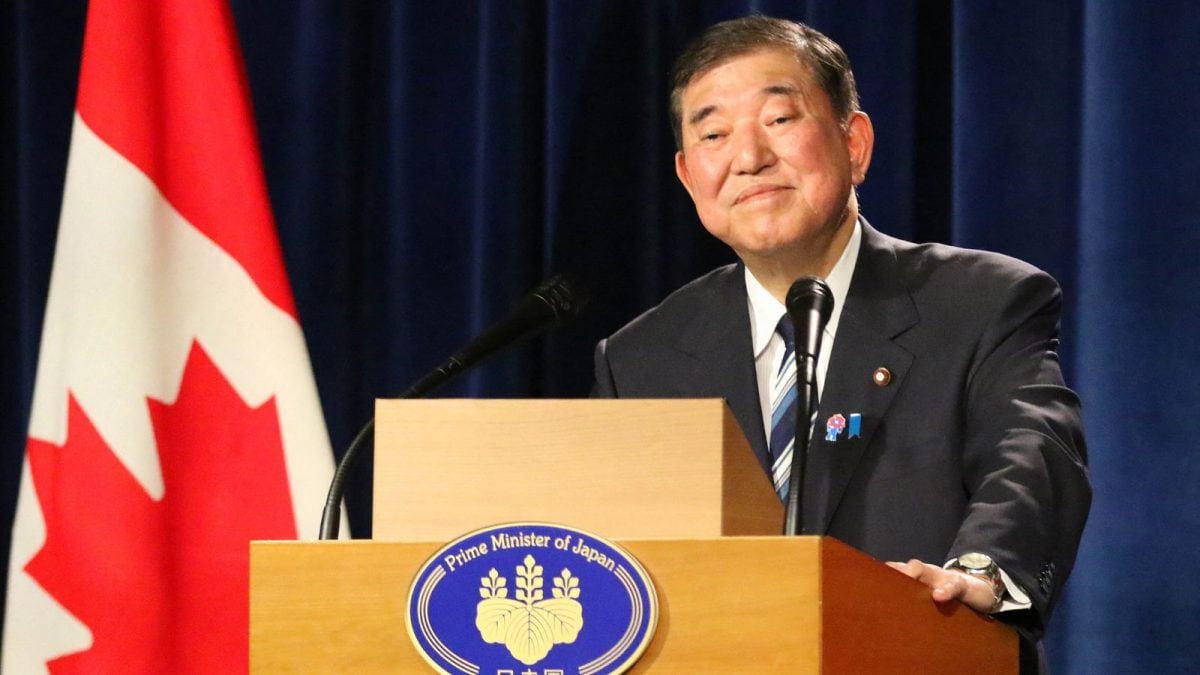
 English (US) ·
English (US) ·